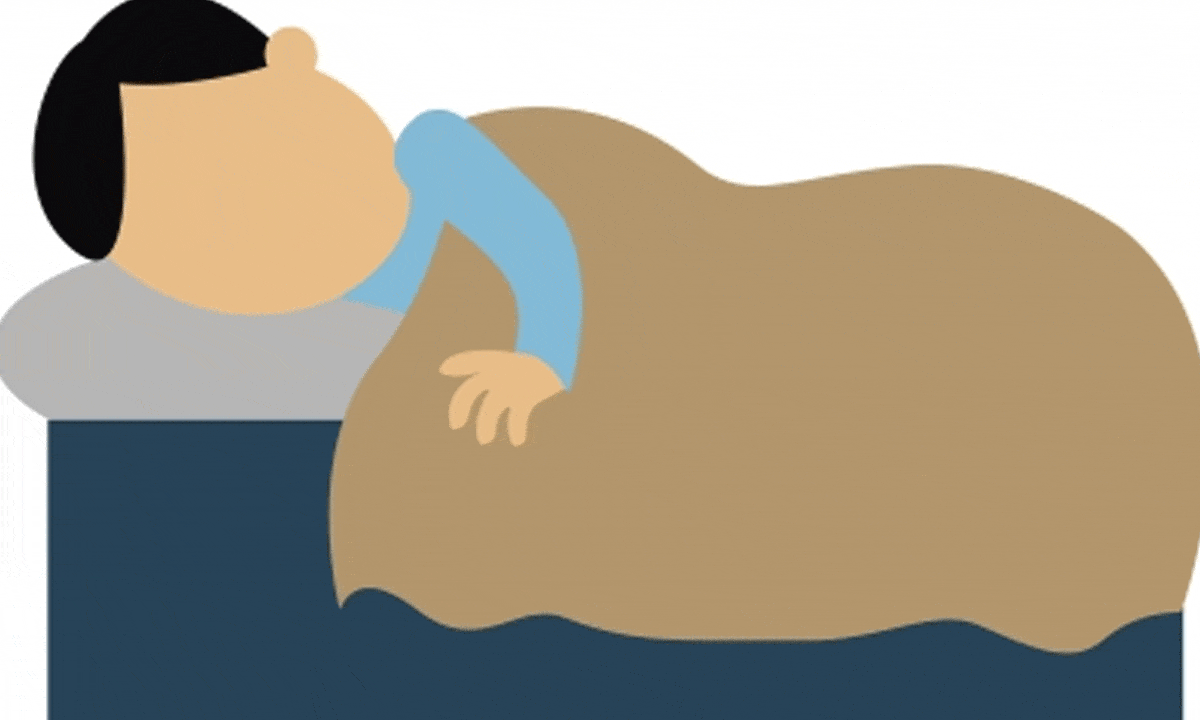Study shows sleep shaped by environments not just personal habits
A new global study highlights that sleep is not only shaped by individual routines but also by environmental and geographic factors such as the day of the week, season, and location.

New Delhi: A new global study highlights that sleep is not only shaped by individual routines but also by environmental and geographic factors such as the day of the week, season, and location.
Table of Contents
Extensive Data Behind the Research
Led by researchers from Flinders University in South Australia, the study analyzed data from over 116,000 adults and tracked more than 73 million nights of sleep over a period of 3.5 years. Sleep was monitored using an under-mattress device, providing objective data on both duration and timing.
Also Read: Alia Bhatt’s Tribute to Rekha: “There Never Was, Is or Will Ever Be Another Like You”
The Environmental Factors That Shape Sleep
According to the study, daylight exposure, temperature changes, and weekly schedules all play a major role in how much and when people sleep.
“Our findings underscore the seasonal nature of human sleep, and that it is influenced by demographics and geography,” said Hannah Scott, sleep health expert at Flinders University.
Seasonal and Geographic Sleep Trends
People in the Northern Hemisphere were found to sleep 15 to 20 minutes longer in winter, while those in the Southern Hemisphere slept less during summer months. The study also showed that:
- The farther a person lives from the equator, the greater the seasonal variation in their sleep.
- People tend to sleep in longer on weekends, particularly middle-aged adults balancing work and family obligations.
Weekend Recovery and Health Concerns
The study observed that weekends help people recover lost sleep, but such irregular sleep patterns are being increasingly linked to negative health outcomes.
“Irregular sleep is more than just feeling tired — it can be a health risk,” noted Danny Eckert, a researcher from Flinders University.
Decline in Sleep Over the Years
From 2020 to 2023, there was a gradual decline in average sleep duration—about 2.5 minutes less per night—possibly tied to lingering impacts of the Covid-19 pandemic.
Limitations and Final Insights
While the research largely focused on tech-savvy users and did not account for variables like pets or sleeping partners, the study reinforces the need to consider seasonal and environmental influences when assessing sleep health.
Understanding these factors is a key step toward better rest and long-term wellness.
